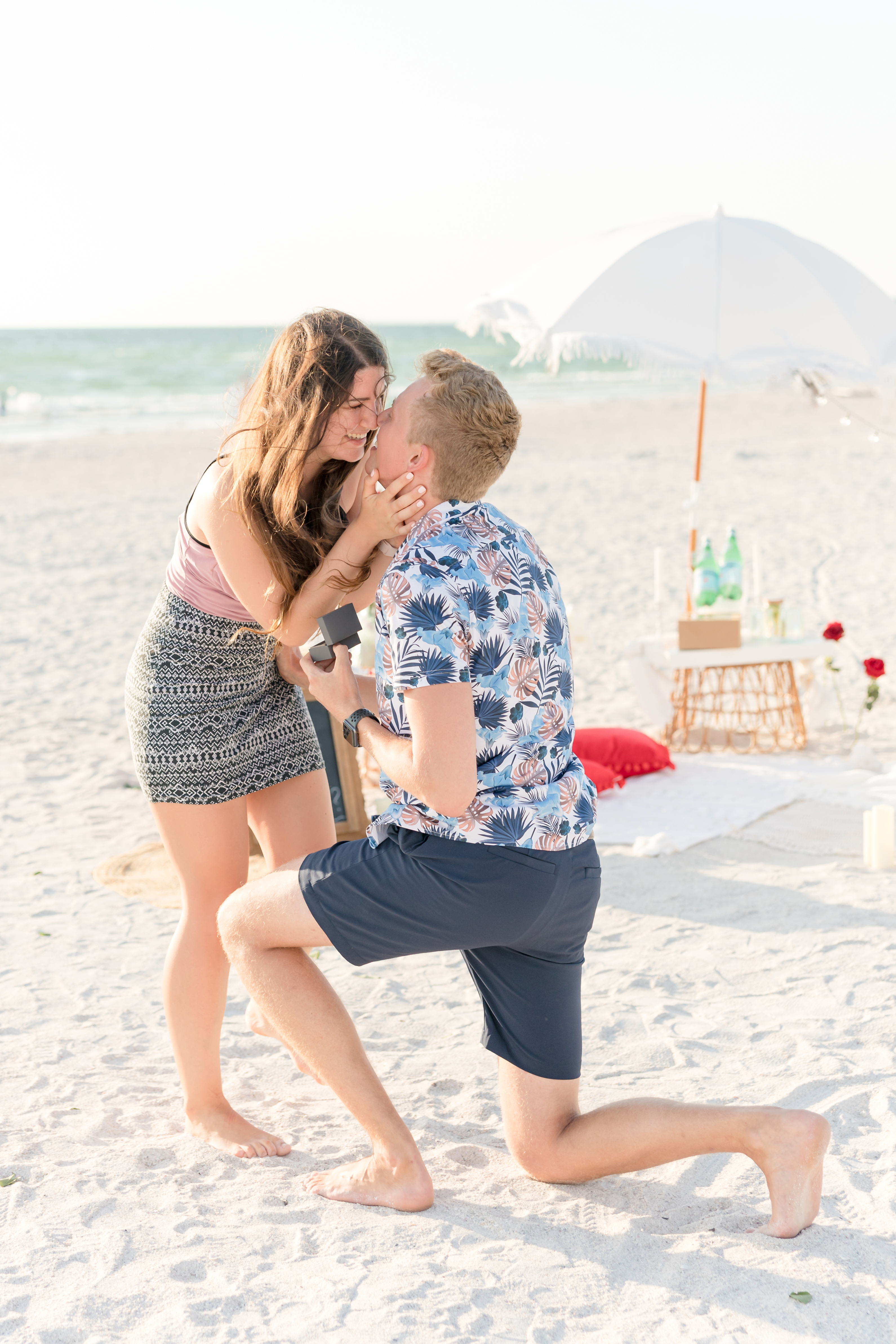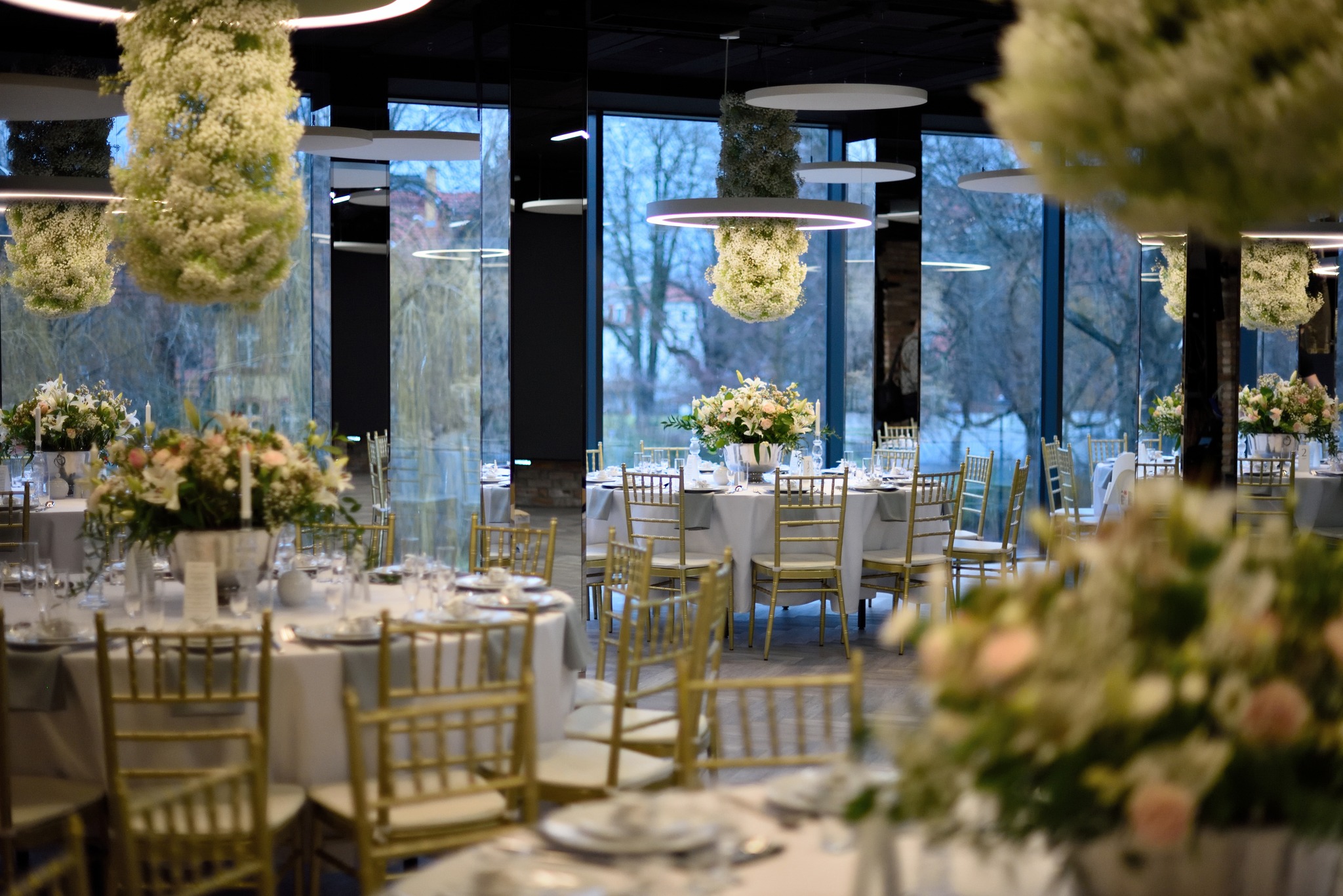Welcome to the wedding of
Agata & Thomas
On June 28th, 2025, we will be celebrating our love in Bydgoszcz, at the stunning Boska Wenecja, located in the heart of the city. This website will provide you with all the information you need to join us as we begin this new chapter of our lives together. We look forward to showing you what Bydgoszcz has to offer.


